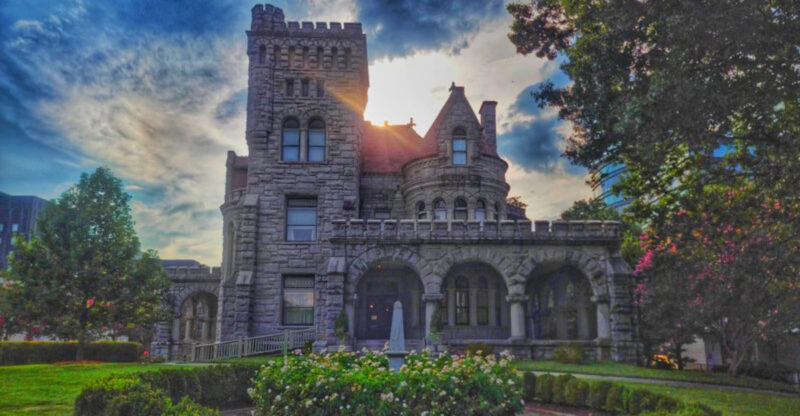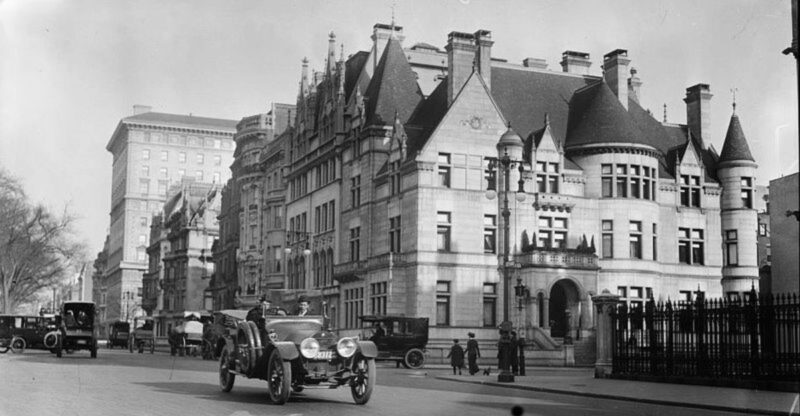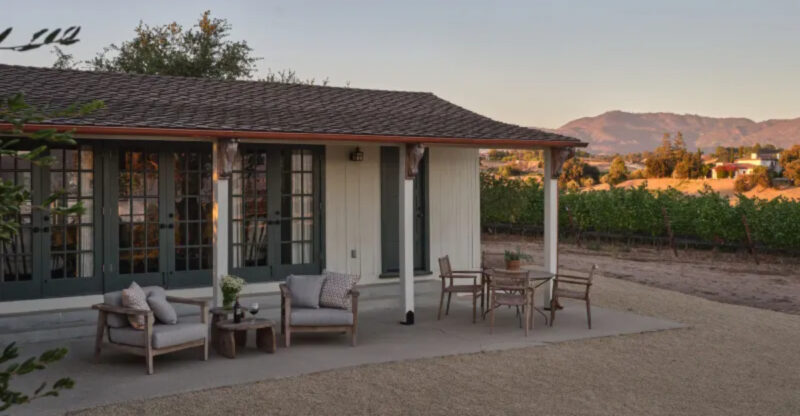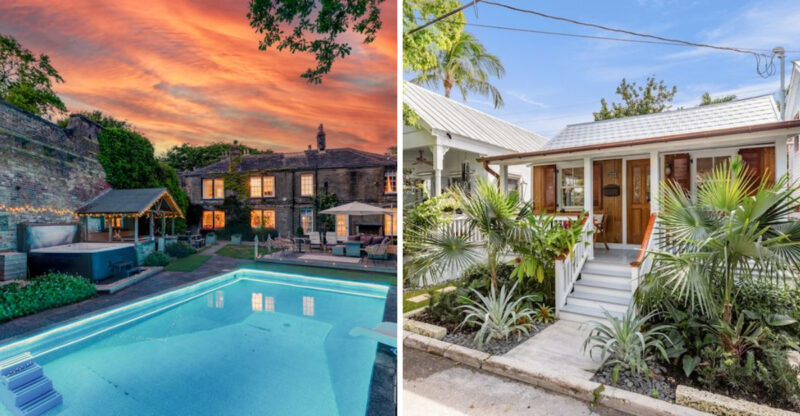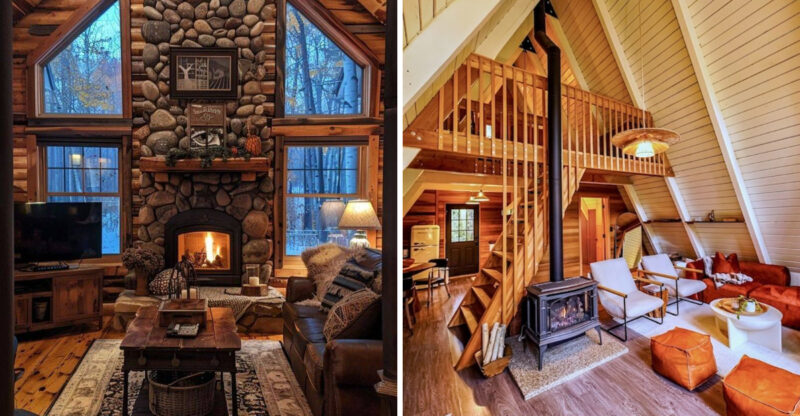Louisiana Creole Cottages With Storybook Patina
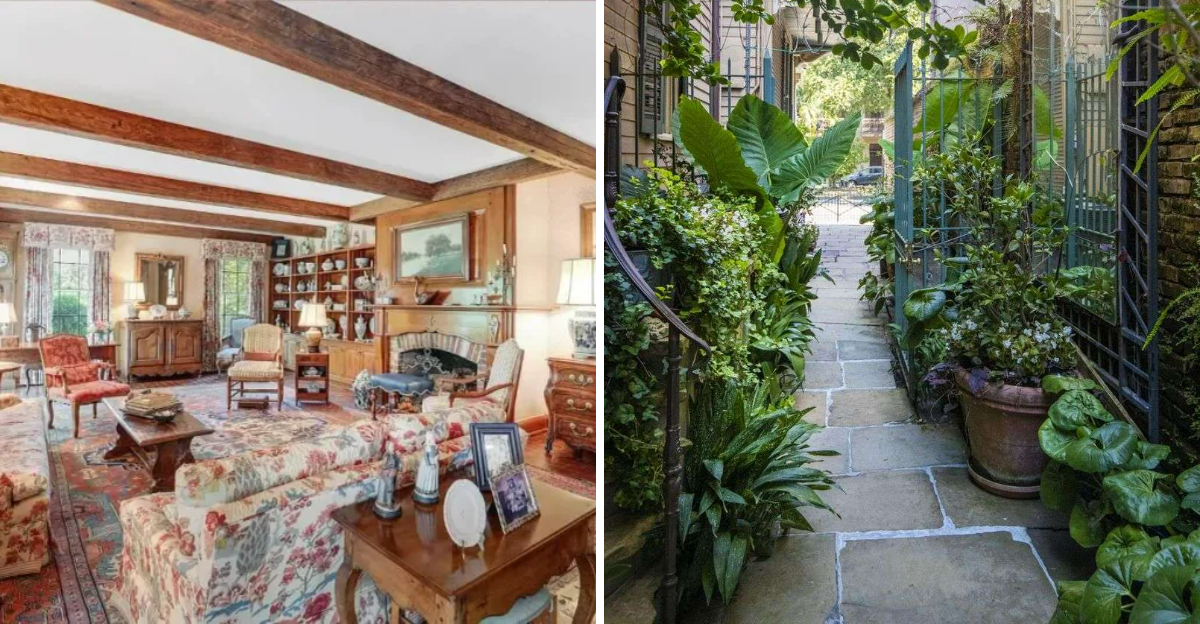
Nestled along the winding streets of Louisiana, Creole cottages stand as living pieces of history. These charming homes blend French, Spanish, and Caribbean influences into a uniquely American architectural style.
With their weathered wood, pastel colors, and secret gardens, these cottages tell stories of the past while enchanting visitors with their storybook appeal.
1. Colorful Wooden Shutters That Whisper History
Painted in faded blues, mossy greens, and sunset oranges, the iconic shutters of Creole cottages serve as both protection and personality. Originally designed to shield interiors from tropical storms and scorching summer heat, these functional art pieces now frame windows like colorful eyelashes.
Behind each peeling paint layer lies a story of craftsmanship. Local carpenters often incorporated special patterns or details unique to each family. Many shutters still operate on original hand-forged hardware, moving with a distinctive creak that locals call ‘the cottage conversation.’
2. Raised Foundations With Decorative Brick Patterns
Rising gracefully above potential floodwaters, the elevated foundations of Creole cottages blend practicality with artistry. Brickwork arranged in distinctive diamond, basket-weave, or running bond patterns supports these historic homes while adding visual texture to their facades.
Gaps between bricks allow cooling air circulation beneath the structure – an early form of natural air conditioning. Front stoops often feature handcrafted ironwork railings, worn smooth by generations of hands and the humid Louisiana air that gives everything its characteristic patina.
3. Porches With Gingerbread Trim That Captures Shadows
Morning light dances through intricately carved wooden trim along Creole cottage porches, casting lace-like shadows across weathered floorboards. Often called ‘gingerbread’ for its decorative quality, this Victorian-influenced embellishment was added to many older cottages during 1880s renovations.
Each neighborhood developed signature patterns, allowing locals to identify a cottage’s location by trim style alone. The wood – typically cypress or cedar – has weathered to silvery gray in some places, while protected sections retain original paint hues. These shaded galleries serve as transitional spaces between public and private life.
4. Secret Courtyard Gardens Hidden From Street View
Step through a narrow passageway between cottages and discover lush private worlds concealed from passersby. These intimate courtyards feature centuries-old brick pathways, often laid in intricate herringbone patterns now gently disrupted by tree roots and time.
Fragrant jasmine climbs weathered walls while cast-iron furniture rests beneath the dappled shade of magnolia trees. Water features, from simple stone basins to ornate fountains, provide gentle soundtracks to these outdoor sanctuaries.
5. Hand-Hewn Cypress Beams With Carpenter Marks
Look up inside any authentic Creole cottage and you’ll spot massive cypress beams supporting the ceiling, each telling tales of craftsmanship. These sturdy timbers, harvested from Louisiana swamps over 200 years ago, bear distinctive adze marks where workers shaped them by hand.
Cypress wood’s natural oils make it resistant to termites and rot – a crucial quality in the humid South. Carpenters often left personal symbols or initials in these beams, creating a signature that has lasted centuries. The rich amber color deepens with age, giving interiors a warm, honeyed glow.

